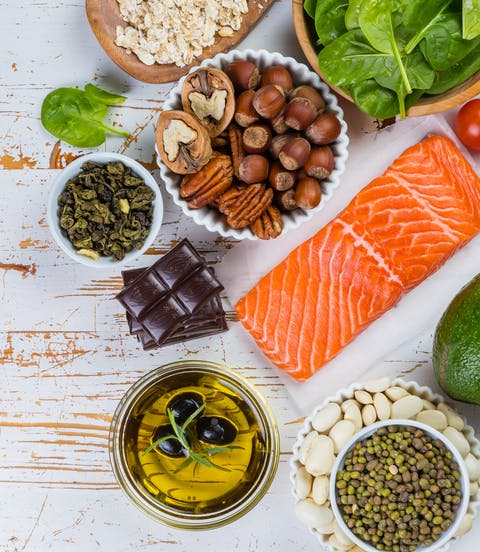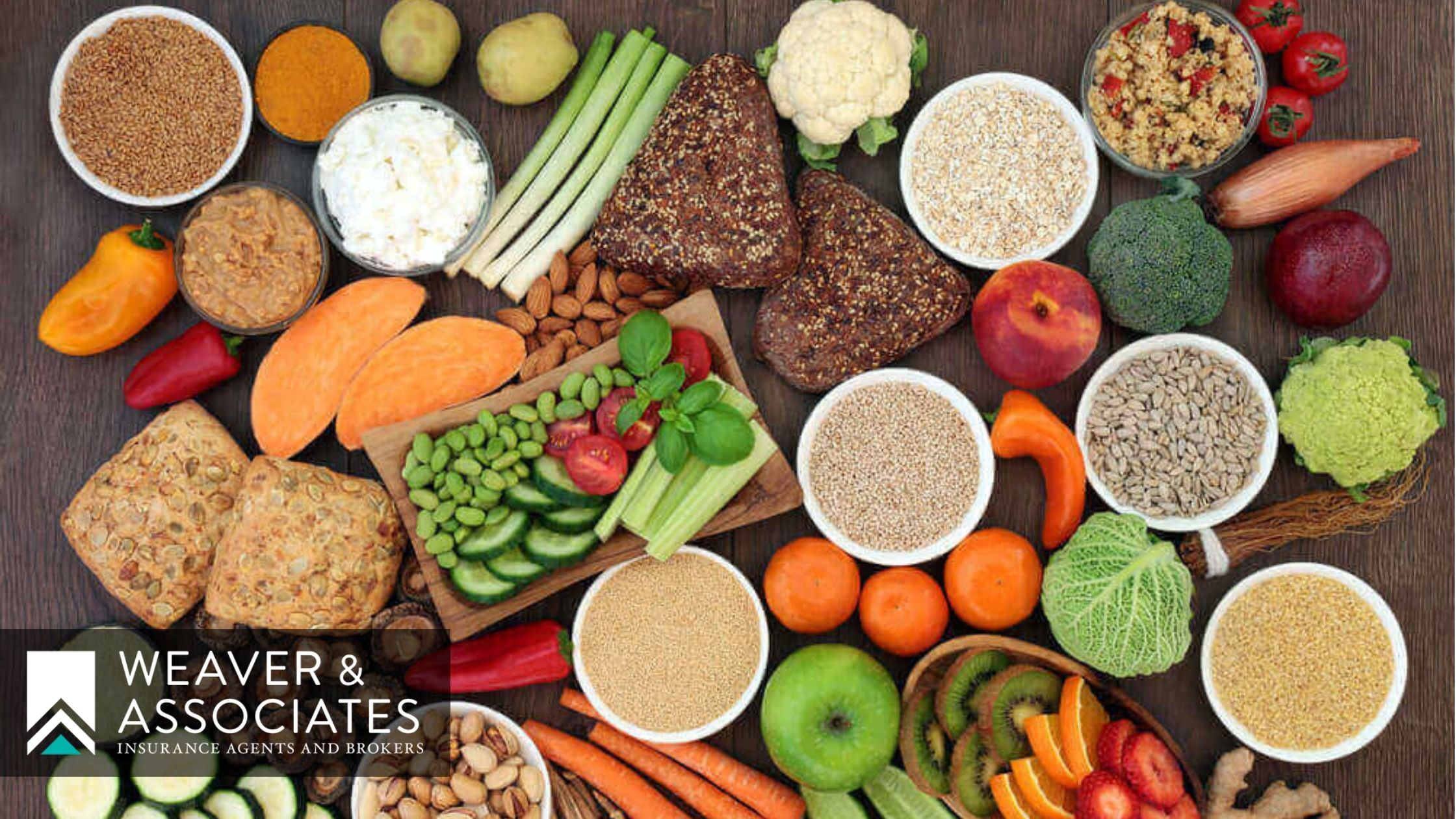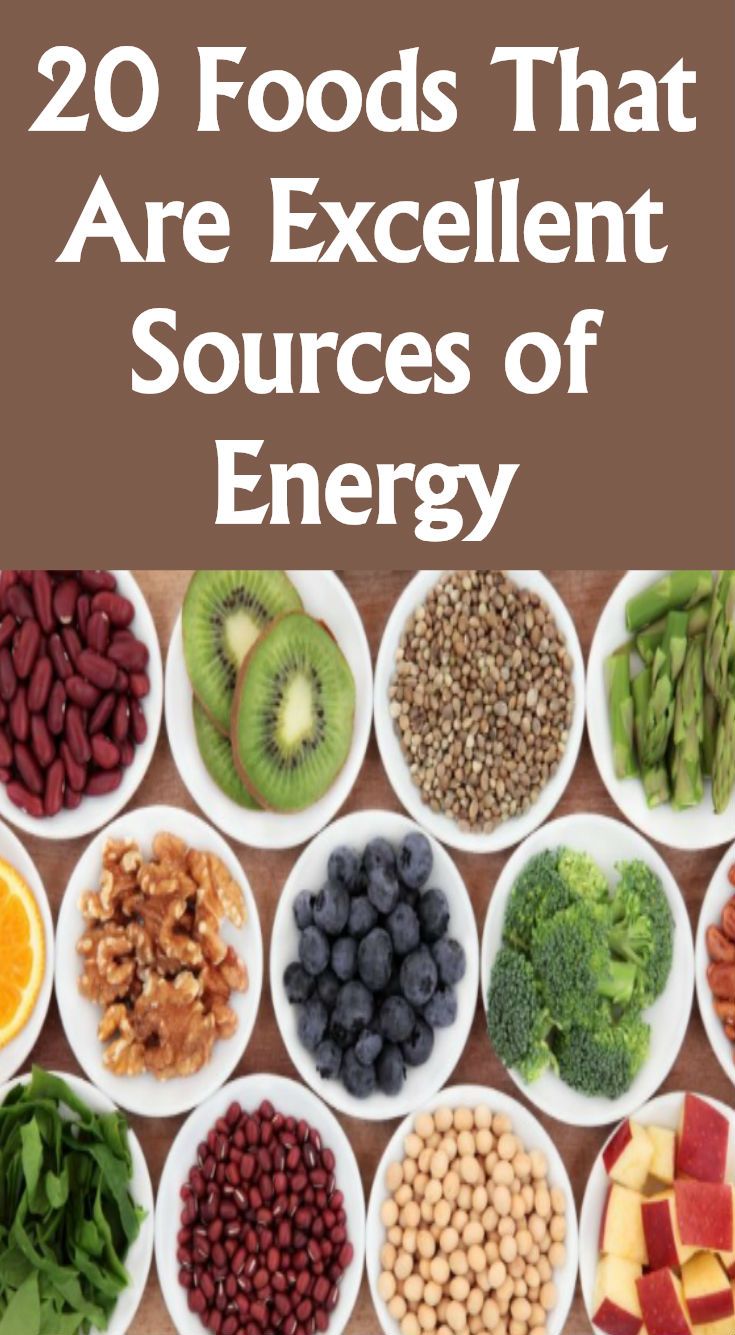
There are many misinformations about food. But most of them are false. Registered dietitians will share some of the most common myths about food. Learn the truth about food. Below are some common myths and facts regarding food. These guidelines will help you eat healthy and feel great. There is no right or wrong way to eat.
The first myth is that sugary foods make you fat. You've probably heard that 8 glasses of water is healthy. These suggestions may be true, but they are not always true. Healthy eating habits include a healthy diet that includes fruits and veggies. You should also limit the intake of processed foods as they are low in vitamins, minerals and fiber. You don't have to satisfy your sweet tooth cravings.
A lot of myths surround alcoholic beverages, as well. Many of these myths are rooted in industry lobbyists' commercial interests. However, they are often false. Reduced intake of refined carbohydrates may be good for your health. But you still need to eat whole grains, vegetables and other fruits. White potatoes have the opposite effect. They are actually healthy! They are high in potassium as well as fiber, which can reduce the risk of getting heart disease.
There are many misconceptions about food insecurity despite its widespread prevalence. Feeding America is the largest domestic hunger relief agency. 42 million people could feel food insecurity each year, it says. This includes 13,000,000 children. By contrast, the truth is that there are many myths about food. You should therefore be educated about this topic. Houston Food Bank may be a good place to start tackling the problem of food insecurity. Learn about the real issues, and how you can help to alleviate food insecurity.
Many people believe they should consume eight glasses of fluid per day. This is incorrect. The body doesn't produce enough water for the amount of dehydration caused when they consume more than 8 glasses of liquid per person each day. They should consume eight glasses of liquid per day in order to obtain the recommended amount. This myth is dangerous because water is a source of essential nutrients. Also, a person should consume two liters per day of fluids.

A myth regarding food is excessive fat consumption. Contrary to the common belief about the dangers of eating too many fats, it is important to eat more vegetables and fruits as part of your healthy diet. These foods are rich in water, so they should be eaten more often. A balanced diet can help you achieve a healthy lifestyle. It is important to eat more fruits, vegetables, as well as avoiding high-fat and cholesterol-laden fats.
Secondary school teachers are also of the opinion that eating too much food can be bad for your health. This is simply incorrect. It has been proven that eating just one to two servings of fruits or vegetables per day can be beneficial for our health. Furthermore, a regular serving of fruit and vegetables has several health benefits. A good source of vitamin B is fresh fruit and vegetable. People believe that purple potatoes have more nutrients than normal potatoes. Activated charcoal, however, is not considered a superfood.
Another myth is that eating an Apple a Day will prevent you getting cancer. This myth may sound good, but it is not true. Many other vegetables and fruits also contain significant amounts of flavonoids and antioxidants. Those compounds are known to promote heart health. It is possible to consume one glass of red grape wine per day without affecting your health. It can actually help your overall wellbeing.

Although there is no scientific evidence to support the myth, it is important not to forget that even small amounts can cause GI issues, such as gas or bloating. However, fiber is not toxic, and it's best to start with a small portion and gradually increase your intake over time. Although it is true that five meals per day can help you lose weight, three to four meals a days will be more beneficial for your health and keep you fuller for longer.
FAQ
How to Become a Chef?
There are many options for becoming a chef. Begin by enrolling at a community college. Consider attending culinary school. Finally, consider a paid internship.
What are my options for learning about cooking?
There are numerous cooking classes offered across the country. There are many schools that offer courses in pastry, baking, and wine tasting. If you want to learn more about cooking, you can enroll in a class at a local community college or vocational school, or attend one offered by a private institution.
Do I need to buy any ingredients to cook?
You don't have to buy all ingredients. Many grocery stores have premade sauces and other products that you can substitute for. Pre-made meals are a great way to save money.
How do you choose the right career path to become a chef? How can I get started in my career as an chef?
You should start as an apprentice if you are interested in becoming chef. Apprenticeships offer the chance to work for several year without any tuition fees. After your apprenticeship is completed, you can apply to be a sous chef. Sous chefs oversee cooks and help them make salads and desserts. They also supervise the operation of the restaurant.
Do I need to go to culinary school to be a chef?
No. No. Some even went on to culinary school to gain work experience. However, most chefs prefer to attend culinary school because it gives them more opportunities to learn and grow professionally. Culinary schools offer hands-on training which allows students to improve their skills and knowledge of cooking.
Statistics
- On average, chefs earn $58,740 a year, according to the BLS. - learnhowtobecome.org
- You'll be amazed that over 90% of CIA students receive scholarships and grants to finish their culinary studies. (ischoolconnect.com)
- In the United States, the category is estimated at $23.2 billion annually and is growing faster than the market. (washingtonpost.com)
External Links
How To
How to cook a steak
The right cooking method for any type of meat depends on its thickness. Thicker steaks can be cooked on a low heat. Thicker steaks need to be cooked at higher temperatures.
Don't overcook them as they will lose flavor. Make sure to remove the steaks from the pan after it is done. This will help you avoid burning your skin.
The size and desired doneness of the steak will affect the cooking time. These are some guidelines:
Medium Rare: Cook the meat until it reaches medium rare (63°C). This will take between 3 to 5 minutes per side.
Medium: Cook to medium (or until the internal temperature reaches 160degF/71degC). This usually takes about 6 minutes per side.
When done well, cook until the internal temperatures reach 180°F (82°C). This takes between 8 and 12 minutes per side.